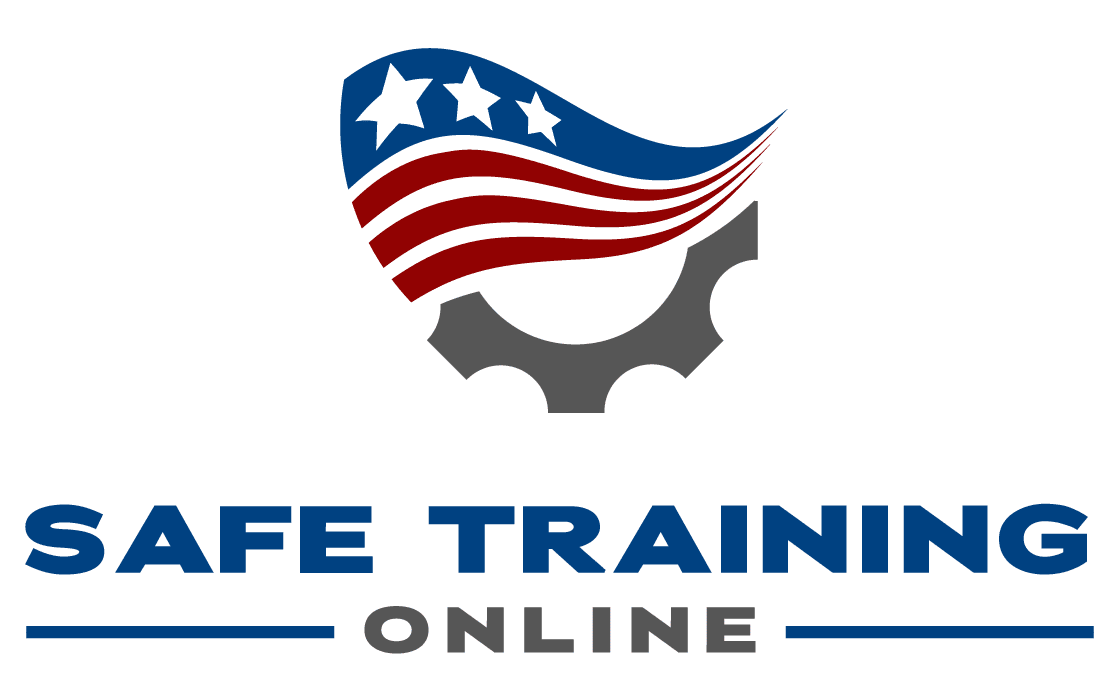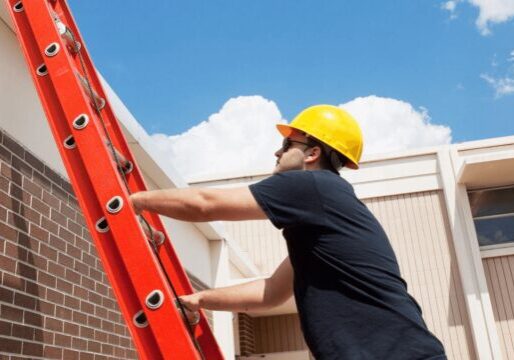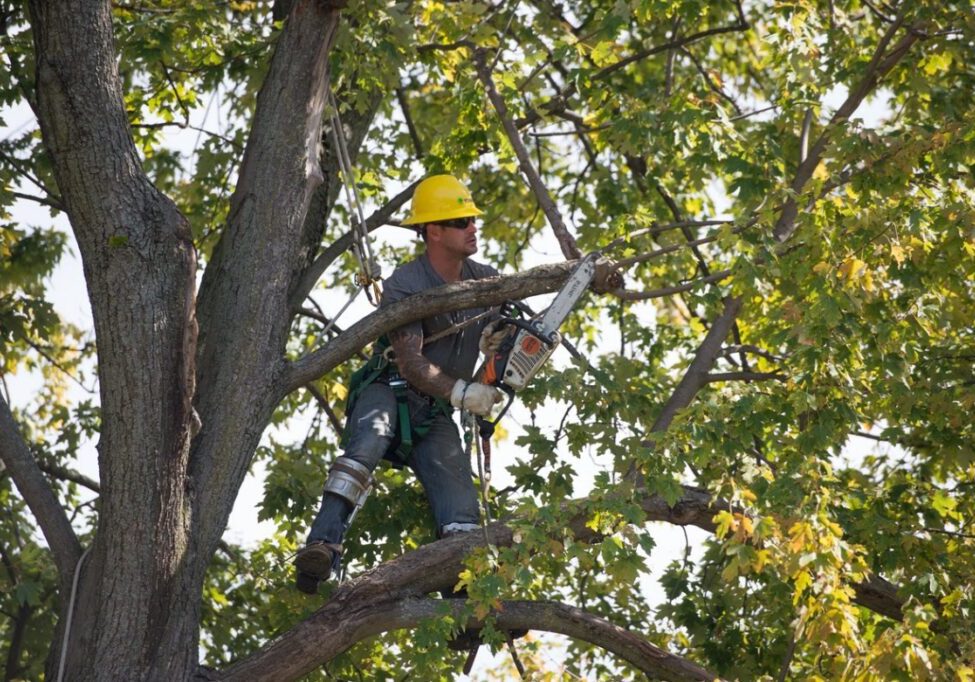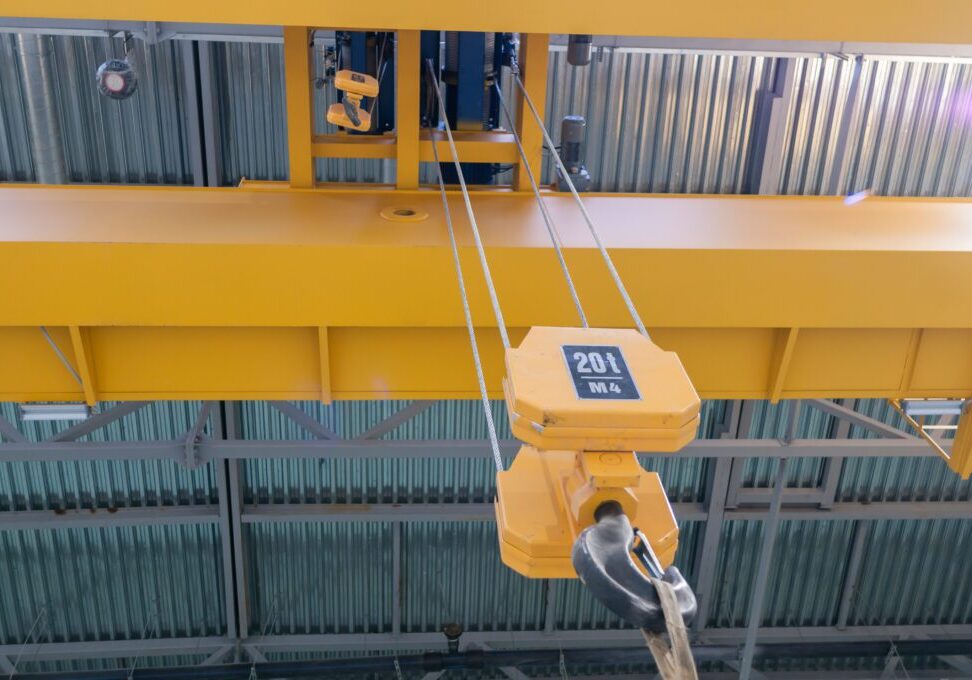Blog
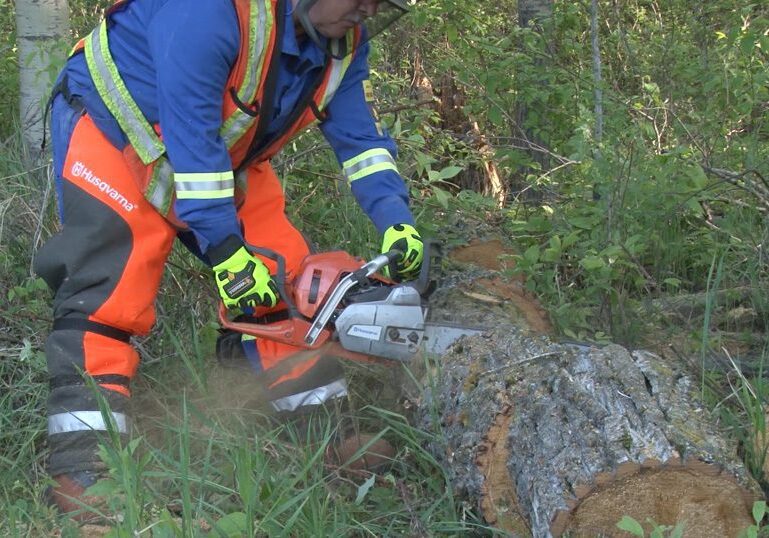
OSHA Chainsaw Safety Recommendations
Chainsaw Safety: OSHA Recommendations for Safe Operation Chainsaws are versatile...

Train the Trainer Programs in the Workplace
The Significance of Train-the-Trainer Programs in the Workplace In today's...
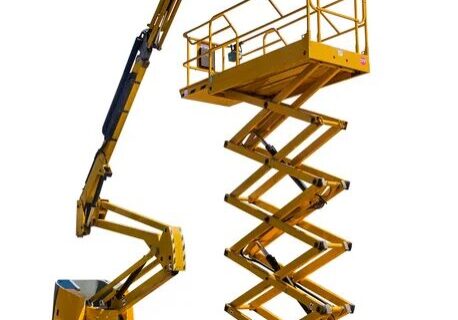
Scissor Lift Training Requirements for OSHA
Scissor Lift Training Requirements for OSHA Compliance Scissor lifts are...
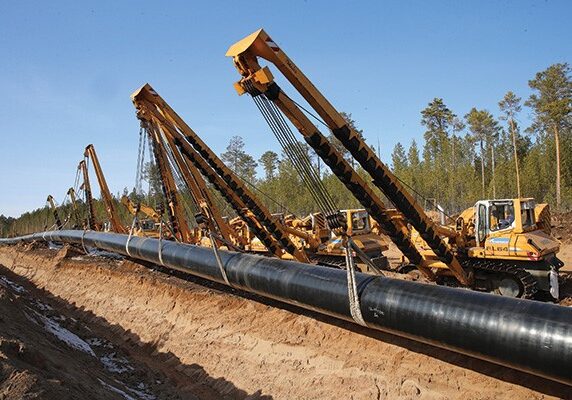
Pipeline Construction Safety Training in the United States
The Vital Role of Pipeline Construction Safety Training in the...
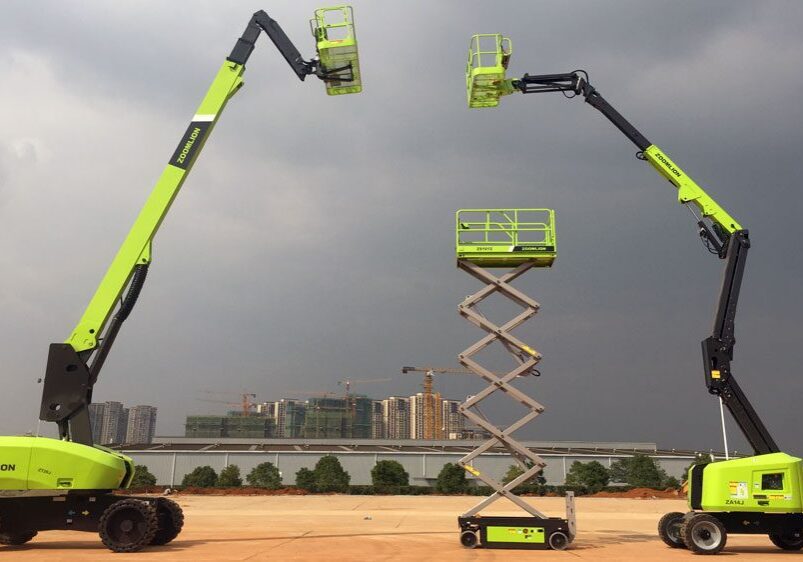
Train The Trainer Aerial Lift Course
Train The Trainer Aerial Lift Course Safe Training Online USA...
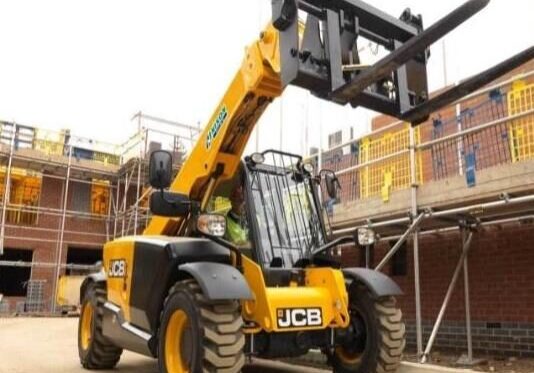
Telehandler Safety Training
Telehandler Safety Training Safety Training Online USA A telehandler is...
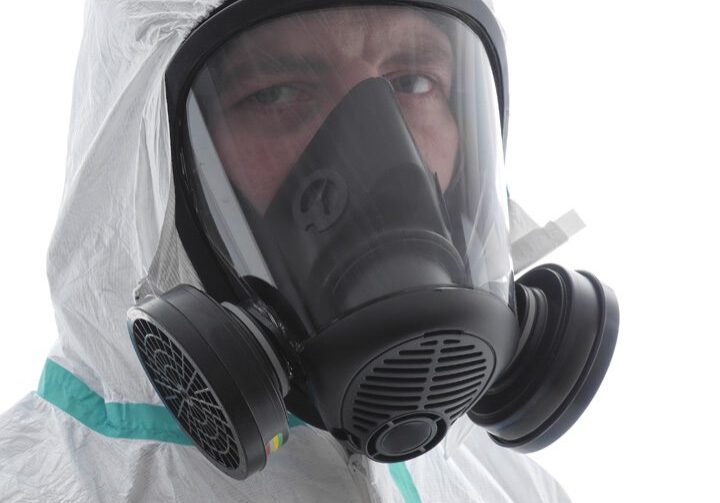
Respiratory Protection Safety Training
Respiratory Protection Safety Training SAFE Training Online When was the...
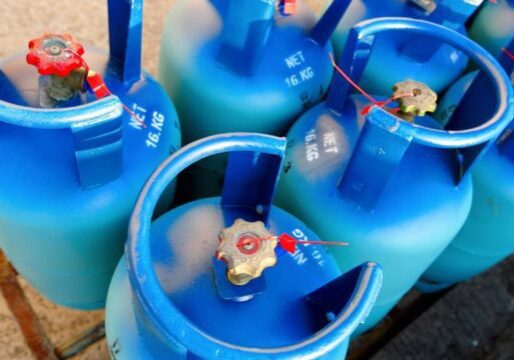
Propane Handling & Exchange Safety Training
Propane Handling & Exchange Safety Training Safe Training Online USA...
